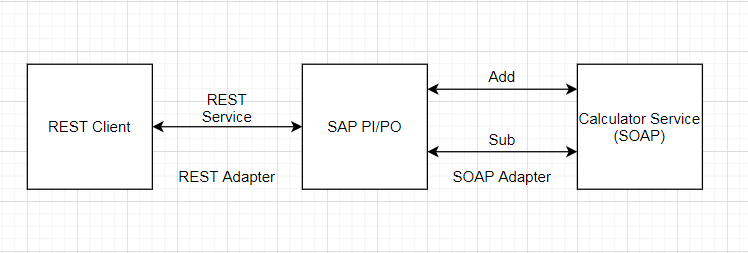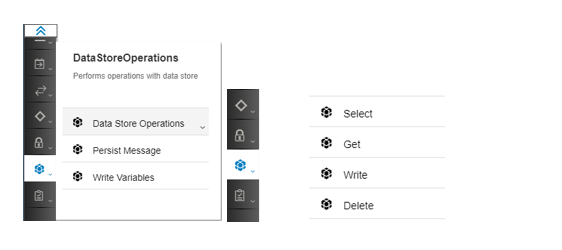This blog will explain externalized parameters in SAP CPI and then how to use it in other configurations like a groovy script, content modifiers, etc.
SAP PI has provided the configuration parameters that are part of channel configuration or process steps, but apart from those parameters CPI also has externalized additional parameters to use during the message processing.
In this example, we are going to use the Content Modifier
Content Modifier to the message pipeline. Add a new header and property as follows:


